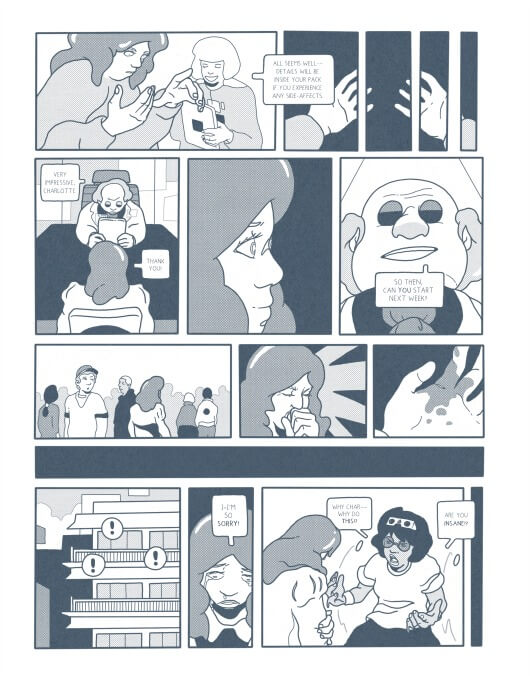
A jarring effect of the pandemic, and the subsequent economic downturn, is the many ways in which the Western comics industry was halted. (Diamond Comics Distributors, the main distributor behind the direct market, simply ceased production for a few months.) The comics landscape is still changing—so much so, it can still be surprising when DC releases new books on Tuesday. But what has been affirming is seeing small independent publishers survive the fallout of the pandemic.
Yorkshire-based publisher ShortBox was planning an anthology of short comics before the pandemic. The anthology’s comics are now being presented every fortnight on the publisher’s Patreon. After the first eight comics meant for the anthology have been put up, more short works will go up on the service. The format proves itself to be a fitting one for a time of crisis that fosters unity among diverse individuals. Sentimentality aside, reading these comics is an experience made notably different by being on Patreon.
Tailored exclusivity comes to mind when reading these works. The main place you’ll find any images of these works, for now, is on ShortBox’s Patreon. (The artists themselves may or may not upload a few images of their works on their own personal websites.) Accordingly, a small community of commenters has emerged, likely fans of the publisher itself. Additionally, other posts inform the subscriber of updates about what work will be coming next and what the publisher generally has in store. The end result is a community reminiscent of the mid-2000s forums dedicated to self-published comics.
Each individual comic is about eight pages long. They can be read on a computer, but—for the purposes of digital scrolling and zooming—are best read on a phone. Since they only pop up every fortnight, and there are such few pages, the reader is presented with a tight story that allows them to focus more than they usually might on each page. Additionally, the blurbs that accompany the comics are reminiscent of the backmatter found in many modern comics, only now from the publisher’s side.
As with any anthology, it’s enlightening to see how individual comics play against one another. Because there’s a biweekly wait between releases, this interplay has a haunting effect: The reader reads the latest pages, keeping in mind whatever they remember from the previous one. Take the previous two releases, “Beary Long Day” by Lillian Xie and “I Remember When This City Smelt Exciting” by Dylan Hall. Both feature striking juxtaposition. “Beary Long Day” possesses a cheery art style contrasted with frankly terrifying content. The strict paneling and standard computer font in “I Remember When This City Smelt Exciting” contrasts with the rough, sketchy artwork, creating an ordered messiness that evokes the work’s nostalgia for an older, grittier iteration of its subject.
Even comics that can’t easily be related to others in the serial anthology will likely stay with the reader as they await the next work, as is the case with “Sister Company” by Daniel Isles. The way that Isles blends form and function in this comic about a futuristic and dangerous cosmetic surgery, with recurring horizontal panels that either elongate or shorten with a series of cuts, will likely linger with the reader. And that’s fitting to the general experience of ShortBox’s Patreon, centered around a digital, serial anthology: These comics stick with with the reader for now, as they await more from the stellar publisher.